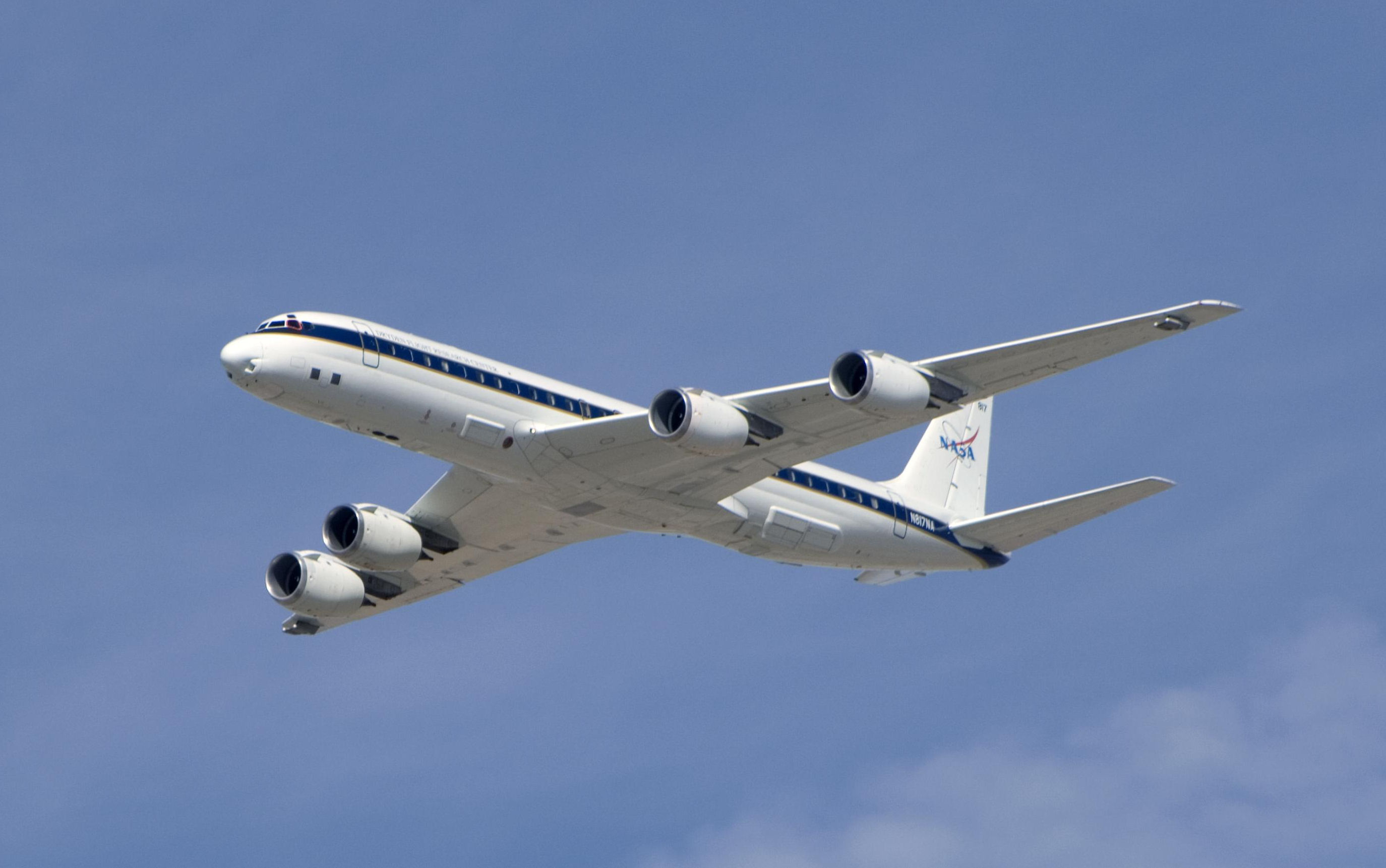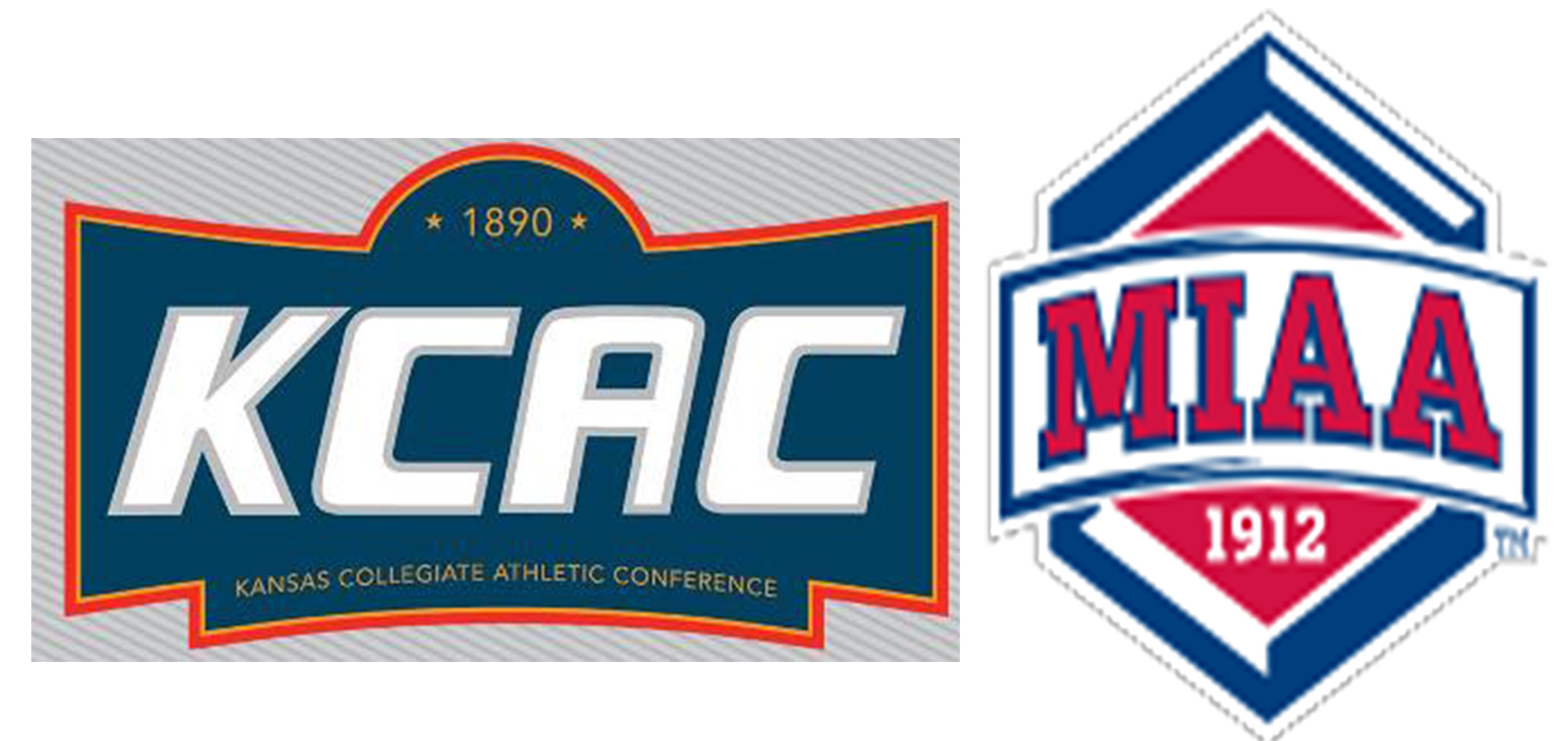The public is invited to an open house at the Salina Regional Airport this morning to learn details about a joint scientific mission between the premiere space and weather agencies in the world which will be headquartered in Salina.
Smoke from wildfires in the western U.S. and agricultural fires in the southern U.S. has become an increasingly significant air quality issue affecting the public.
The Fire Influence on Regional to Global Environments and Air Quality (FIREX-AQ) airborne campaign, jointly led by NASA and the National Oceanic and Atmospheric Administration (NOAA), will fly missions out of Salina beginning this week to collect measurements from aircraft, satellites and ground-based instruments of emissions from wildfires and prescribed fires.
The severity of recent wildfire seasons and the frequency of agricultural burning have made the need for smoke-related air quality research a pressing matter. Previous airborne field studies have demonstrated the pervasiveness of biomass smoke in the atmosphere, but data on agricultural fire emissions are poorly represented in emission inventories.
The second part of FIREX-AQ will look at smoke from agricultural burns in the South with flights from the Salina Regional Airport beginning in late August. There are hundreds of agricultural fires every year near population centers, but their relatively small size means they often go undetected by satellites that provide the basis for estimates of smoke emissions. The first part of the campaign began in July with flights from Boise, Idaho.
Scientists will use data from FIREX-AQ to understand how fuel and fire conditions at the point of ignition influence the chemistry of smoke, what happens to smoke as it enters the atmosphere, and how the chemical transformation of smoke affects air quality and – to a lesser extent – weather downwind.
During the Salina-based leg of FIREX-AQ, researchers will be focusing on smoke plumes from agricultural and prescribed fires in the south and southeast to better understand their composition and effects on air quality.
NASA’s DC-8 flying laboratory aircraft will be based at the Salina Regional Airport while it participates in the latest phase of the study.
The public is invited to an open house to learn more about the project, to see some of the scientific equipment, and to meet some of those involved. A FIREX-AQ open house for the local community is planned today. It will take place beginning at 11:00 in the morning at Salina Regional Airport, Hangar 600, 2720 Arnold Ct.



